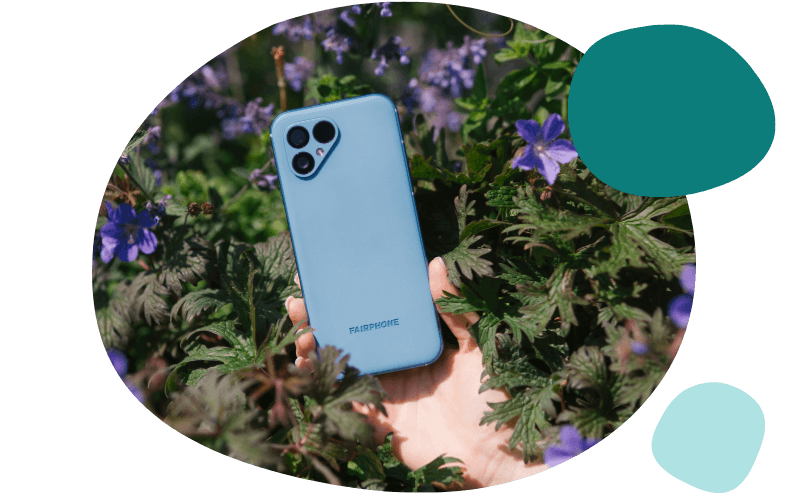What is a dual SIM phone?
A dual SIM phone allows you to use two different SIM cards from different mobile networks on a single device. This means you can manage two phone numbers, data plans, or even network providers simultaneously.
What are the different types of dual SIM phones?
There are two primary types:
- Dual SIM Dual Standby (DSDS): Only one SIM can be active for calls or data at a time.
- Dual SIM Dual Active (DSDA): Both SIM cards can be active simultaneously for calls, texts, and data.
Can I use two SIM cards from the same carrier?
Yes, you can use two SIM cards from the same carrier, but it depends on the carrier's policy and your phone's compatibility.
How do I manage SIM cards on my Android phone?
You can typically manage SIM cards through the "SIM card manager" or similar options in your phone's settings.
Can I use different messaging apps for each SIM card?
Yes, many messaging apps allow you to select the SIM card for each conversation.
Do all iPhones support dual SIM?
Not all iPhones support dual SIM. Check the specific model's features.
What is eSIM?
eSIM is a digital SIM card that allows you to activate a mobile plan without a physical SIM card.
My phone is not recognising both SIM cards
Ensure both SIM cards are inserted correctly and activated by your carrier. Restart your phone.
I'm having issues with calls or data on one SIM
Check SIM card signal strength, network coverage, and APN settings. Contact your carrier for assistance.
How do I switch between SIM cards for calls and data?
The method varies by phone model. Check your phone's settings or user manual for specific instructions.



